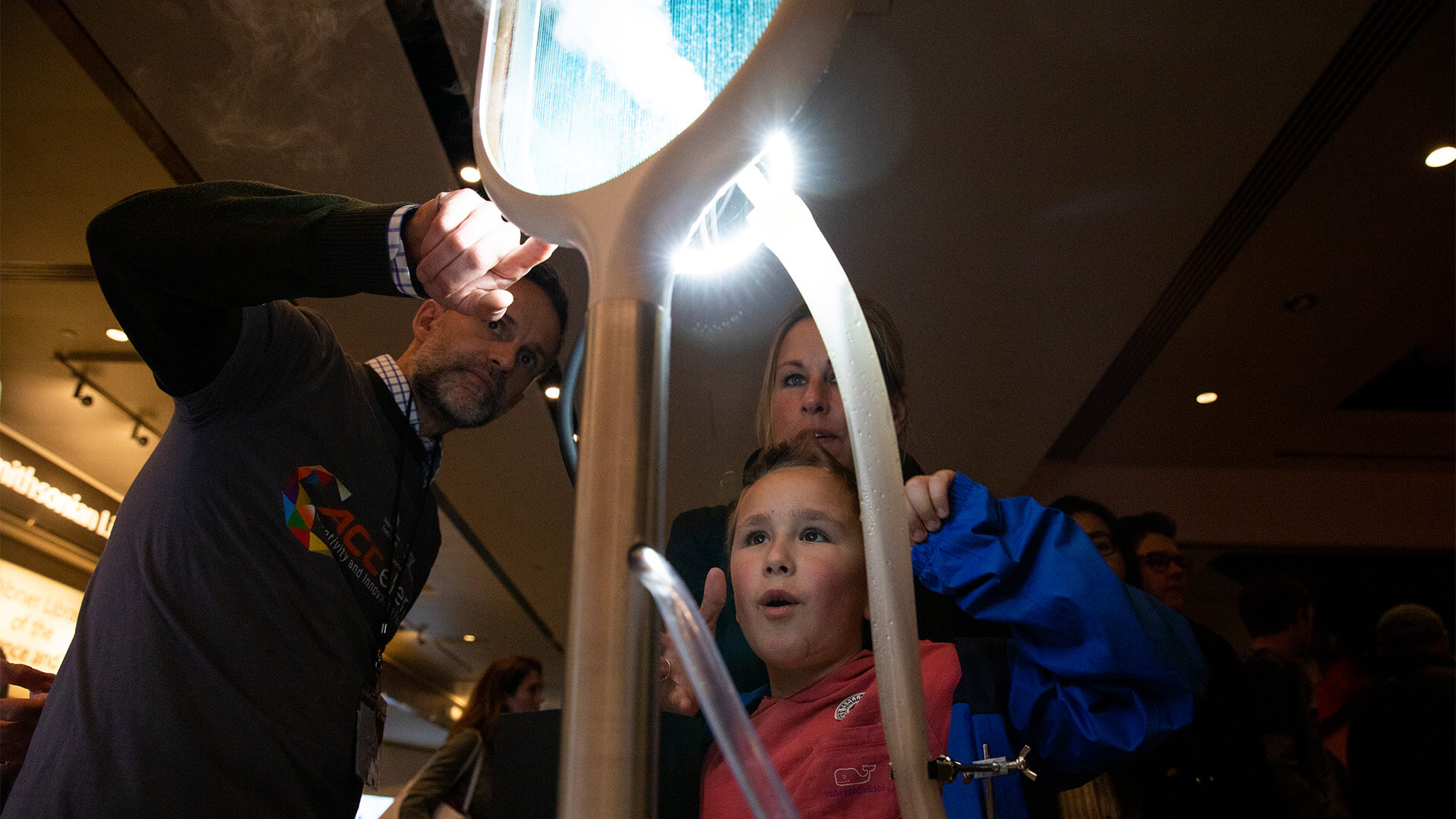


2024 Dates TBA
ACCelerate Festival
Smithsonian National Museum of American History
1300 Constitution Ave. NW, Washington, DC 2056

2024 Dates
Dates for the 2024 ACCelerate Creativity + Innovation Festival will be announced soon!
Interactive Exhibits
Sound Arcade
The ACCelerate Festival featured an outdoor sound arcade and projection mapping installation at the National Museum of American History entrance facing the National Mall. The interactive sound arcade contained three rectangular sculptures. During the day, participants were able to interact with the sculptures by using LED wands to experiment with a 3D sound system in real time. During the evening, the project took on visual layer of interaction. The event featured video projection onto the sculptures. Participants used LED interactive wands to illuminate the space in real time. As participants moved around the sound arcade area, data was gathered by their movements and used to create new sounds and illuminations on the projected forms.
Participants: Thomas Tucker, David Franusich, Tanner Upthegrove, Eric Lyon, George Hardebeck, Matthew Swarts (Georgia Tech), Jon Hamilton, Caleb Flood, Aline R.S.S. de Souza, Mahshid Gorjian and Xindi Liu
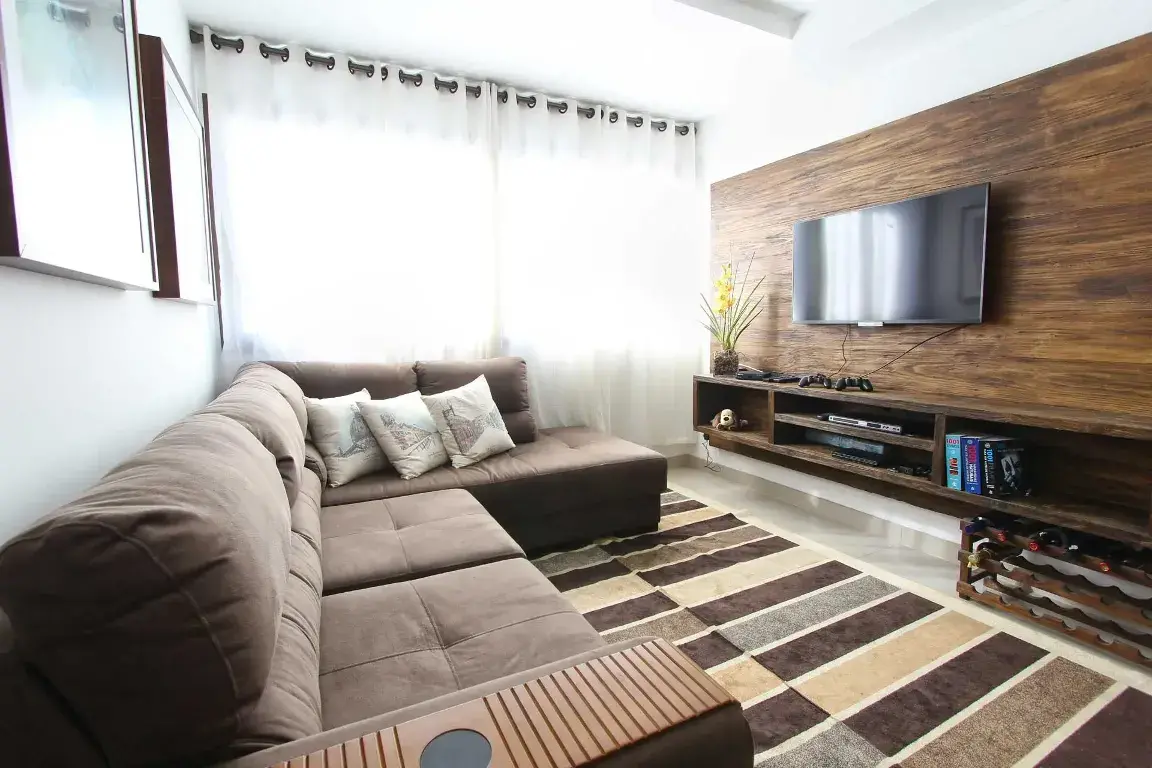
About
the Festival
The ACCelerate Creativity + Innovation Festival is a celebration of creative exploration and innovative research happening at the intersection of science, engineering, arts, and design from across the Atlantic Coast Conference (ACC) and the Smithsonian Institution. ACCelerate is programmed by Virginia Tech’s Institute for Creativity, Arts, and Technology and the Smithsonian Institution’s Lemelson Center for the Study of Invention and Innovation. Hosted at the National Museum of American History, the multi-day festival is free and open to the public.
10 +
Participating ACC Schools
50 +
Exhibits
15 +
Awards Given
35k +
Visitors
@icatatvt Looking for something to do at the DMV area? Come over to The Museum of American History this weekend to experience the magical Celestial Garden!! The ACCelerate festival awaits @Smithsonian Channel #acceleratefestival #virginiatech #gohokies #dc ♬ Blade Runner 2049 – Synthwave Goose
@icatatvt Day 2 of #acceleratefestival with the best folks! Come visit us at the National Museum of American History in Washington DC — we’re here till Sunday, 5.30pm. #sciencetok #museumsoftiktok #dctiktok #museumtok #scienceismagic #sciencefair #scienceiscool #kidsoftiktok #scikidclub ♬ CountDown – T.M.T
@icatatvt Final day of the #acceleratefestival, we’ve got luminescent crystals used in sustainable fashion, brain building models, a 3D depiction of the march at Selma, 3D printed biomolecules, interactive stadium design models, an immersive experience on conserving endangered mussels, a semi-automatic drone that lives inside his own household, empathic design systems, and Barry the skeleton. See you next year with more crazy adventures into the shared world of science and art! #sciencetok #ByeBye ♬ Love You So – The King Khan & BBQ Show
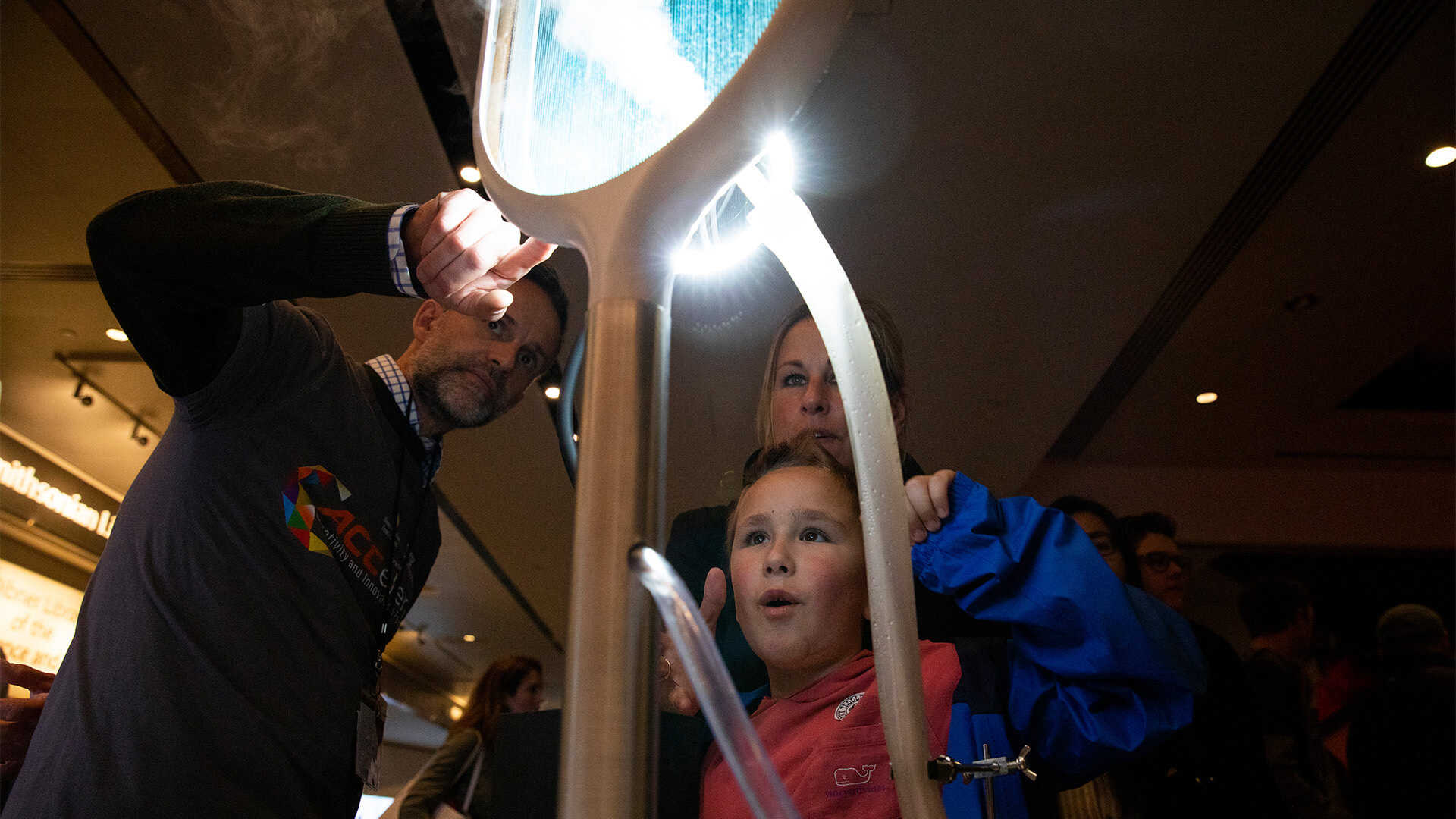
MEDIA
Photos
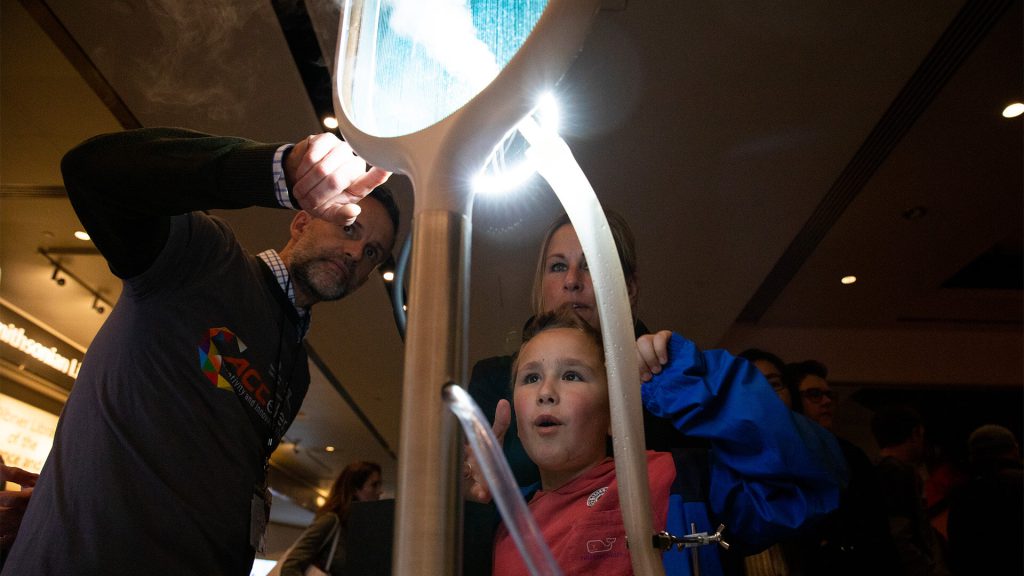
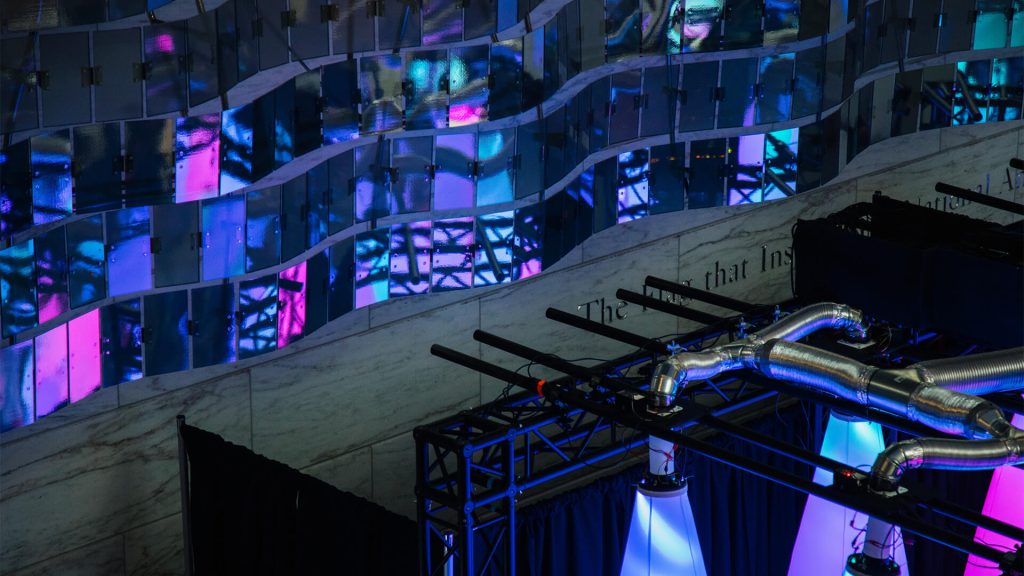
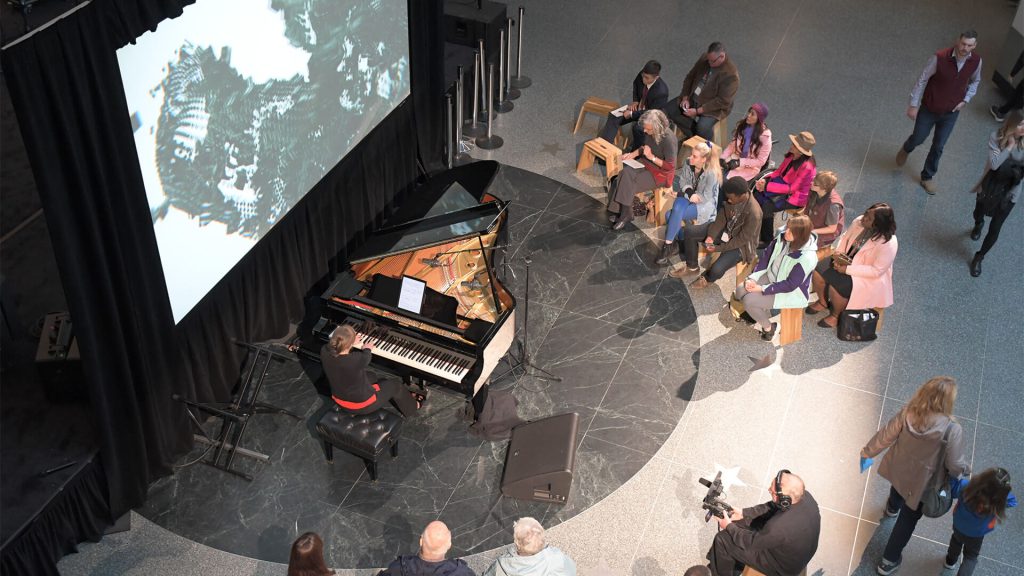
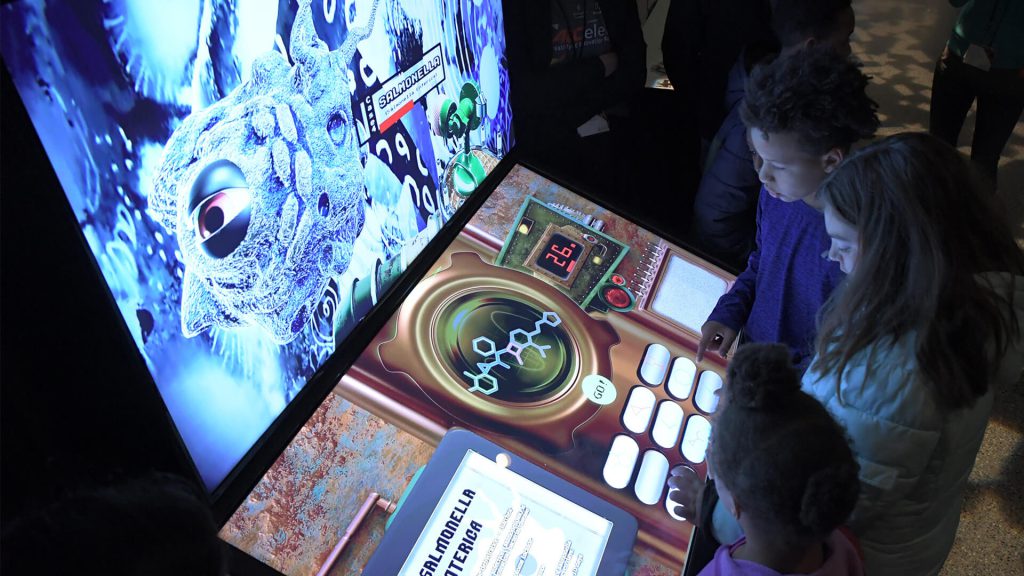
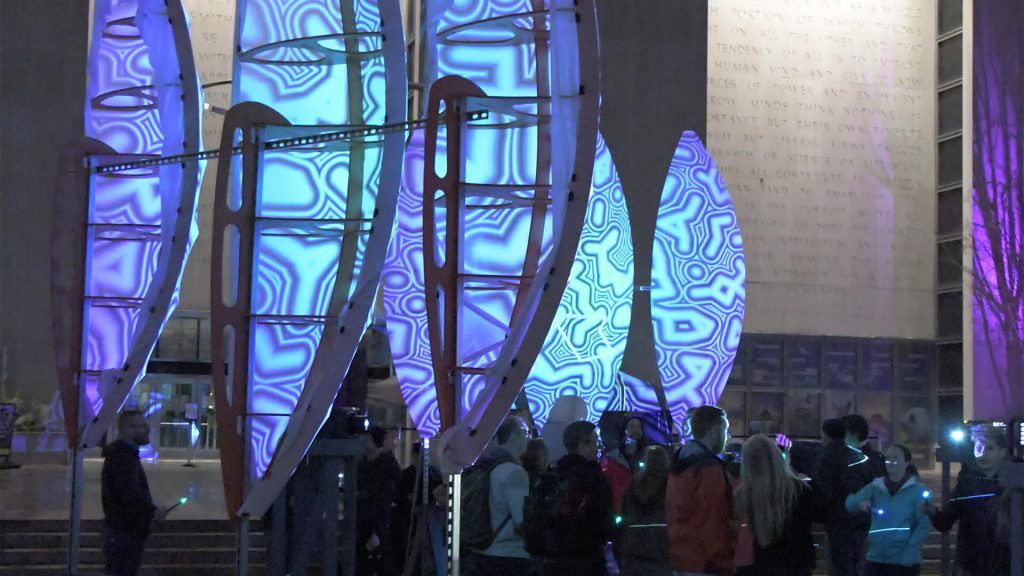
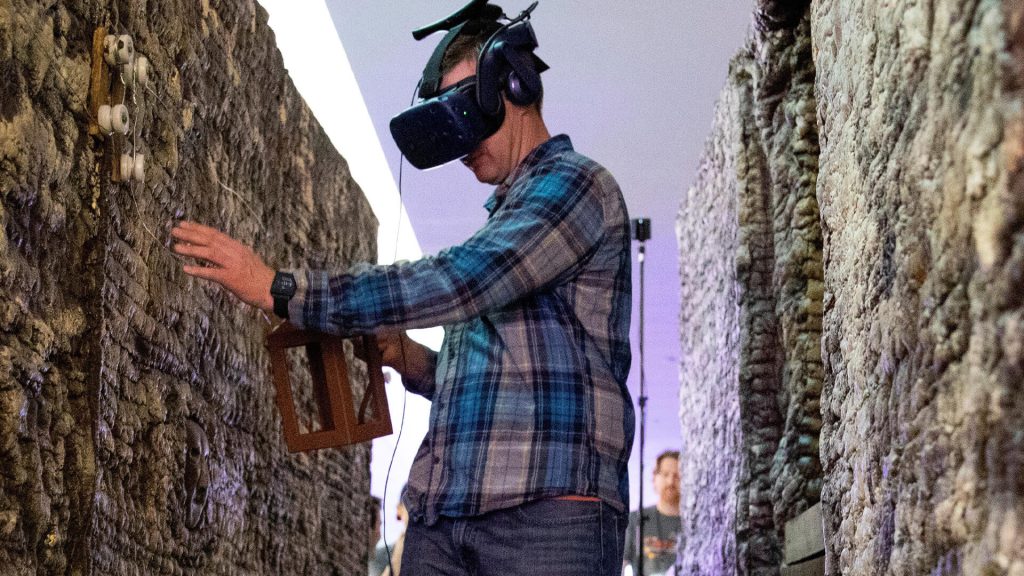
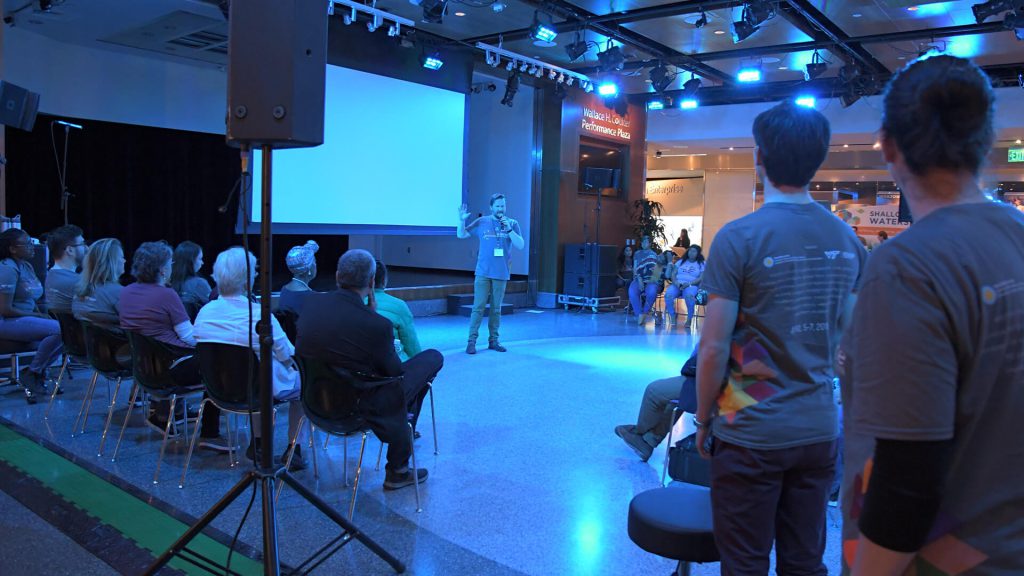
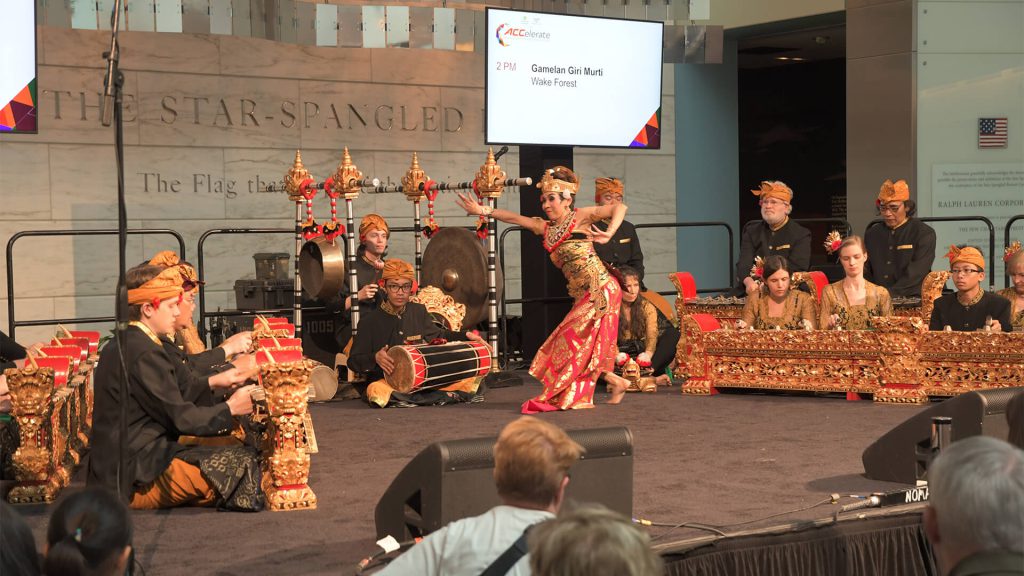
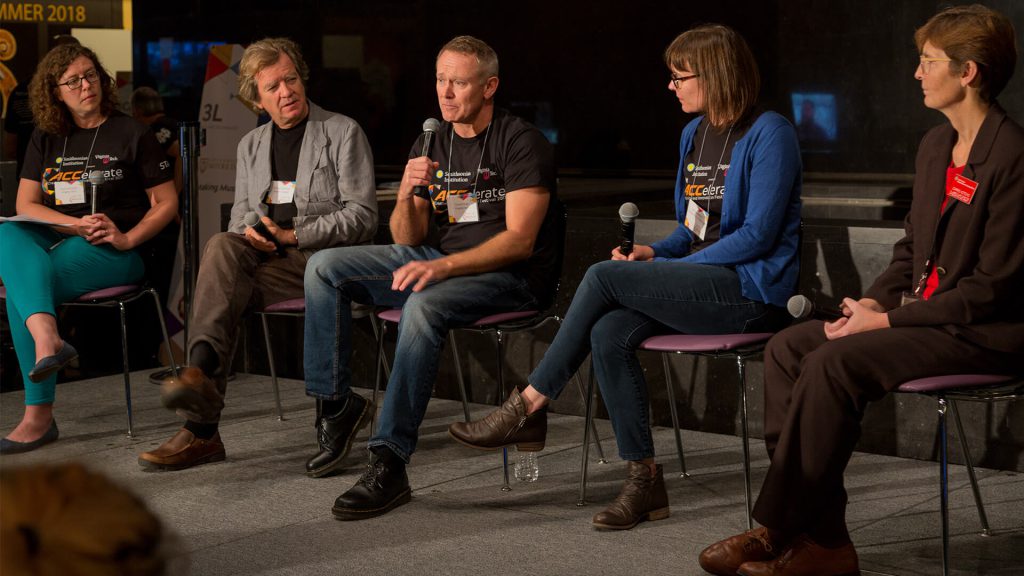
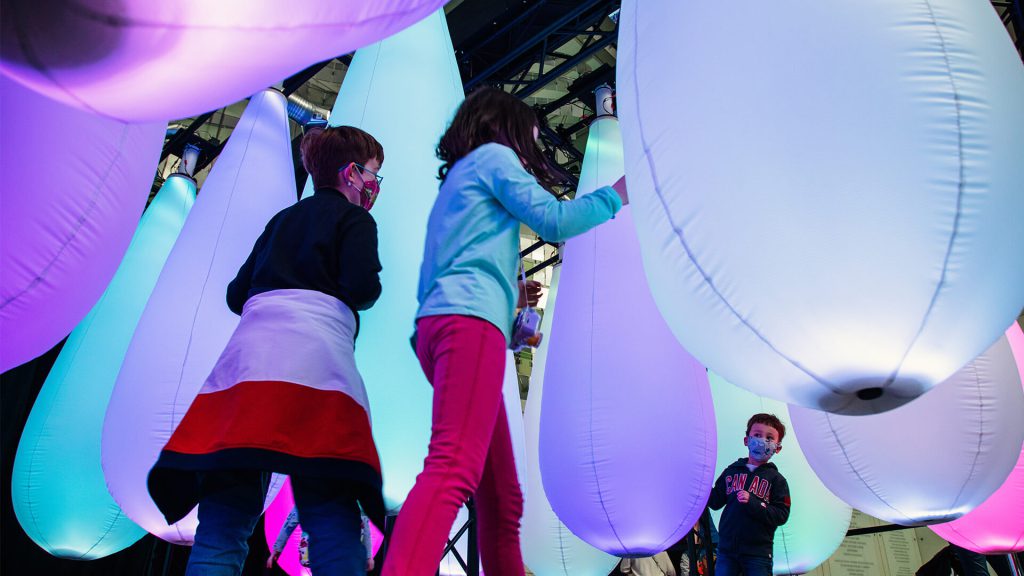
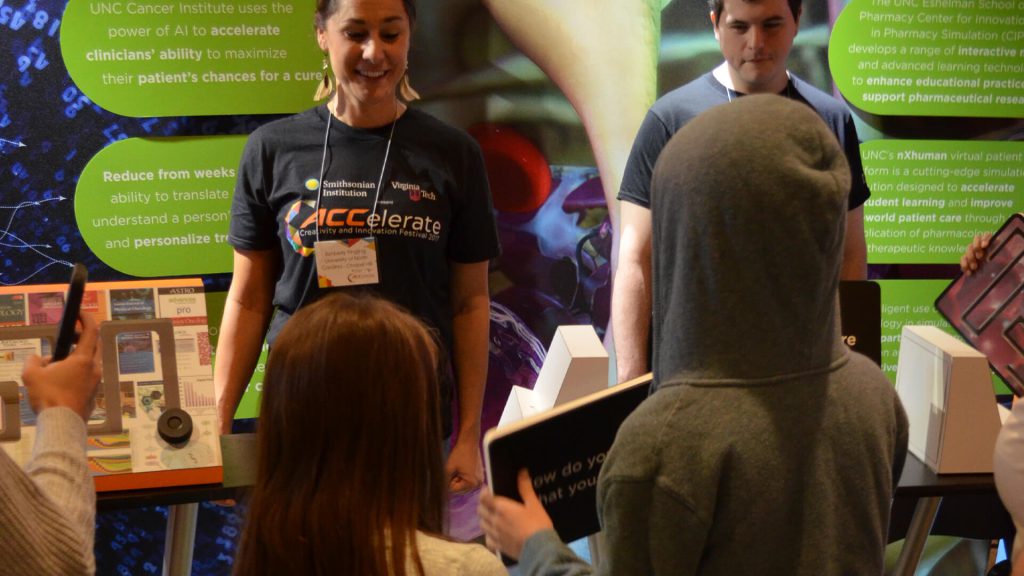
ACCelerate Creativity + Innovation Festival
More information coming soon!